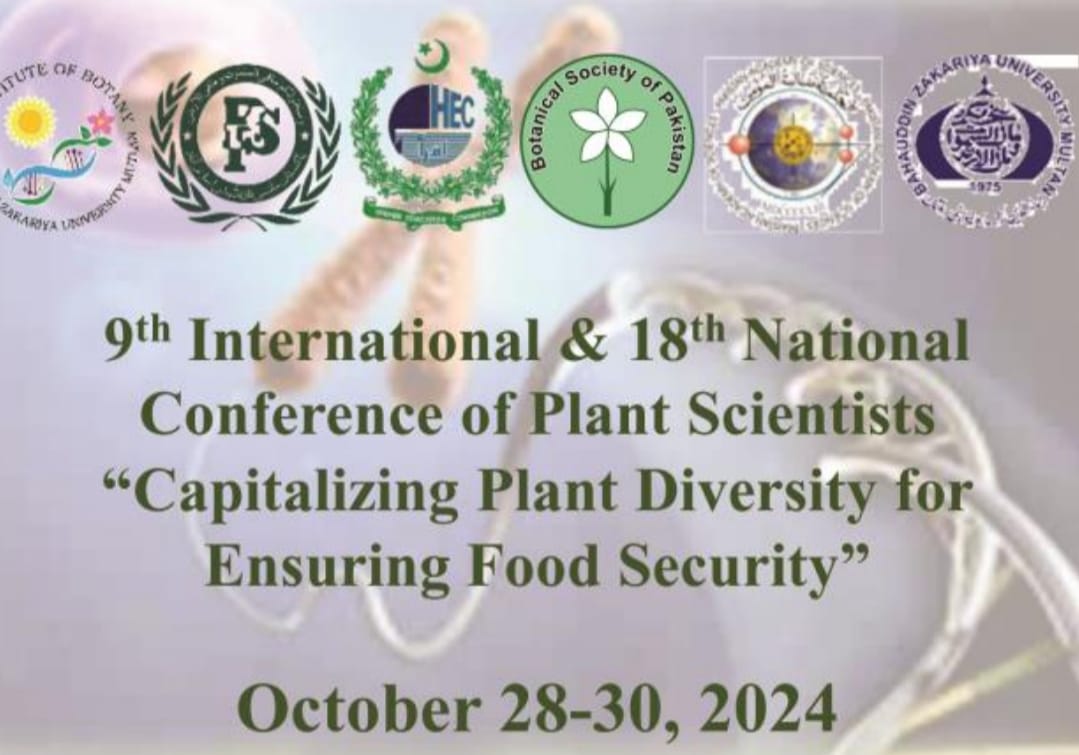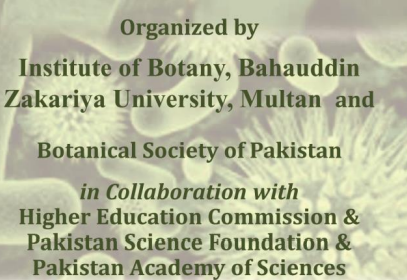PJB-2025-63
PHYTOTOXICITY OF HEAVY METALS ON RADISH (Raphanus sativus L.) IN SARGODHA, PAKISTAN: A QUANTITATIVE ASSESSMENT
Mutiya Zafar
Abstract
The freshwater shortage and increased domestic effluents have led the farmers to utilize untreated sewage water for irrigation owing to population growth and urbanization in Pakistan. Though sewage water contains plant nutrition, it is also a foremost source of metal contamination within the food chain. This study compares heavy metal contamination in radish (Raphanus sativus L.) grown in soils irrigated by sewage water, Tube well water, and canal water in Sillanwali and Sargodha of Punjab, Pakistan. The areas were evaluated for heavy metal contamination by using soil quality indices including contamination factor (CF), enrichment factor (EF), bioconcentration factor (BCF), estimated daily intake (EDI), and hazard quotient (HQ), which were duly computed for the collected samples. The physicochemical properties of soil and water samples were also analyzed. The results indicated that sewage-irrigated areas are more vulnerable to risk concerning metal contamination than those located along canals. Metal concentrations in sewage-irrigated areas were significantly higher in the edible parts of the vegetables; sewage water contains and transfers more metals than canal water; hence, it poses increased health and ecological risks. Peak concentrations were observed at site SW1 (sewage water, site 1) and lowest at site TW2 (tube well water, site 2). Still, indices values fell below 1, showing that all metal concentrations were within permissible limits.
To Cite this article:


